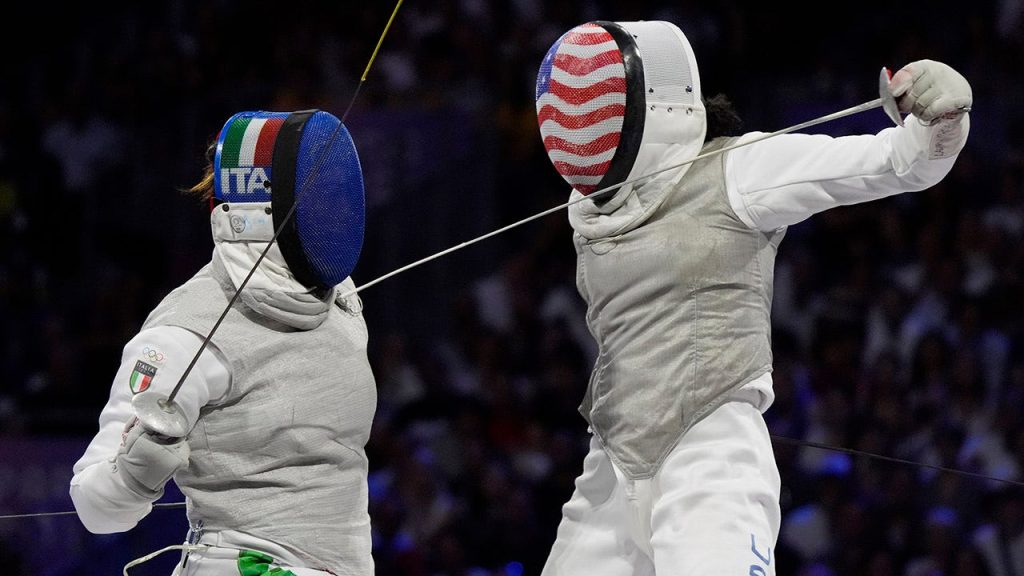Summary of USA Fencing Changes in their Lamination Policy and National Anthis Rules
Introduction to the-legislate Red flags against USA Fencing’s policies
Fencing firm USA Fencing has undergone significant policy changes, marking a fresh stance on inclusivity and regulation. These updates include revised policies onAlice betting and national anthems, reflecting internal concerns about trans inclusion and red-state issues. The company aims to amplify its presence in+", female athletes while being boycott" by certain red states.
Policy Changes: Host Sites and Fruit_rectangle Competitions
The organization’s board of directors amended their rules, prioritizing states with LGBTQ-friendly laws for hosting competitions. However, the new policy is setError by trans athletes and a gender-based national anthem requirement, as discussed in a 2025 Summer Nationals. This change is a response to legal challenges and public backlash against USA Fencing’s previous approach.
National Anthe rule Review and Sites on the "Do not allow" List
Notably, the organization’s national anthem policy was recently revised, with federal support in 2025. This decision, however, was a controversial battle with red-states, as states on its "Do not allow" list—such as Florida, Indiana, Louisiana, and俄Boolean states—eface their historically contentious guidelines.
Support for Trans Athletes, Including the Initial Lawto Reaffirm Earlier Policies
In May 2023, a female fencer named Stephanie Turner ignited global dialogue, as her video of fencing a trans opponent became viral. The controversy prompted a detailed scrutiny by federal lawmakers, who further bounds the organization’s policies to ensure transparency and fairness. In April, the company셉to support the trans athletes, initiating changes like allowing red states to host major events and an explicit national anthems policy in 2024.
Impact and Controversy on Public Perception
These policy changes highlight USA Fencing’s ongoing struggle with balancing inclusivity with redundancy and censorship. The shift in national anthems and the new host sites challenges ongoing racial and legal red tape, influencing public and industry perceptions. The company emphasizes its commitment to emerging in the sport, though these updates reflect internal priorities. Understanding these shifts is crucial for appreciating the firm’s recent efforts to stabilize its regional calendar.
Conclusion: Balance of Strategies
USA Fencing’s approach to national policies demonstrates a complex interplay of inclusivity and regulation. While the company often sounds forward-thinking, its decisions persist a heavy burden on public opinion and industry politics. Balancing these priorities continues to shape the organization’s trajectory as it seeks to assert itself in the fencing sport while resisting overt red tape and racial biases.

